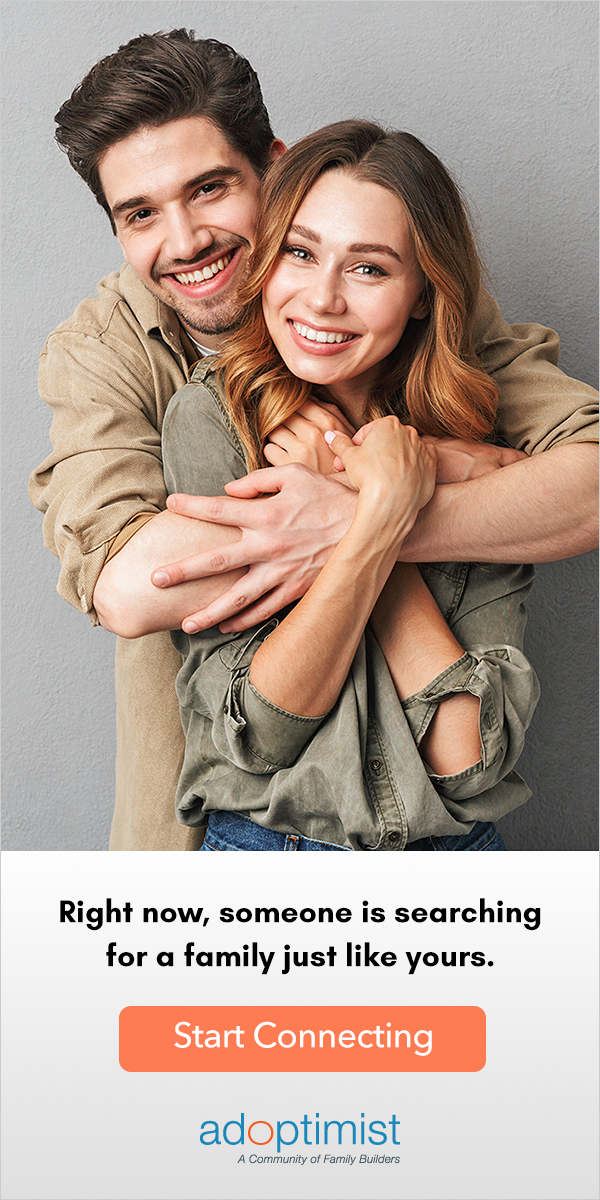Open Adoption Facts

Most domestic adoptions in the U.S. are considered an open adoption – where there is some contact between the adoptive parents and the birth parents. Open adoption can often be misunderstood, and even strike fear in hopeful adoptive parents.
Here are some facts concerning open adoption
- Open adoption is a type of adoption in which birth and adoptive families have some form of initial and/or ongoing contact. Communication may happen through letters, phone calls, emails, social media exchanges, or visits.
- Open adoption is not a type of “co-parenting”. The adoptive parents have complete legal control of how to raise the child. The birth parents’ role is be involved in the child’s life and to support the adoptive parents as the child’s parents.
- Open adoption can have boundaries set. Adoptive parents and birth parents should work together to create an open adoption agreement, which is a plan that outlines (even before placement) the type and amount of ongoing communication.
- Ongoing communication can change. As the child gets older or as family circumstances, sometimes needs or wishes change. For example, a birth mother may want a very limited relationship at first, but later could ask for some more communication or visits. Also, the adoptive parents may wish to increase communication as time goes on.
- Most adoption professionals are encouraging some degree of openness.
- Open adoption is a usually best for all involved. Various studies have shown that it is best for the child to maintain some connection with their birth family. Research by the Donaldson Adoption Institute suggest a significant number of birthparents in closed adoptions struggle with chronic, unresolved grief. The research stated “the primary factor bringing peace of mind (to birth parents) is knowledge about their child’s well-being.”
- Open adoption does not confuse children. They understand the difference between their birthparents and their adoptive parents. Birthparents game them life and still love them. Adoptive parents take care of them, teach them, love and nurture them every day.
- Open adoption could be “semi-open”. This means the adoptive family and birth family agree some ongoing communication, however it is handled through the agency or attorney and is typically on a first name basis only.
- Open adoption may not always be in the best interest of the child. For example, if a birth parent has mental or behavioral issues that keep them from maintaining a healthy relationship with the child.
Open adoption may not be easy and there will likely be challenges along the way, but with mutual understanding, the right attitude and approach, having openness in adoption can provide a child with a valuable lifelong connection with their birth family.
Additional information about open adoption can be found at:
